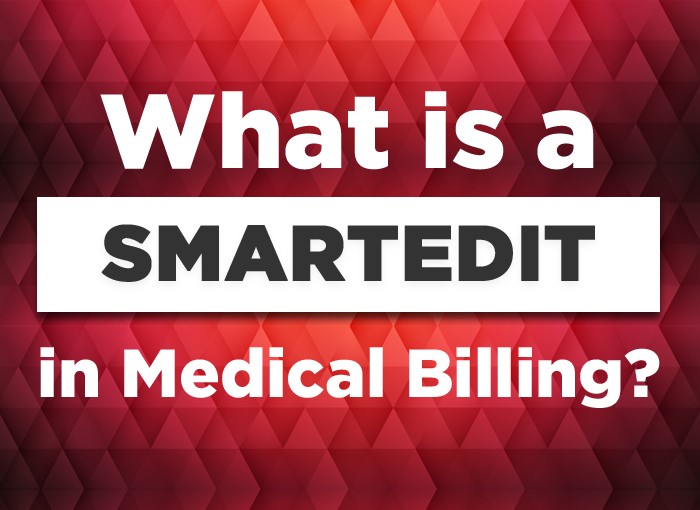What is a Smart Edit in Medical Billing
Reviewing medical claims manually is quite a tough task. Moreover, manual submission of claims is a slow process that is likely to delay the processing of claims. This is where Smart Edit comes in. With Smart Edit, it is easy to send edit messages in no time so that the other party can review incorrectly submitted claims.
Definition of Smart Edit(s)
Smart Edits is a tool used by medical organizations to optimize claims by detecting potential errors within the claims. In the electronic data interchange (EDI), Smart Edits are delivered in 24 hours of a claim submission with a window to rectify issues. If you don’t rectify issues within a specific time period then the claim is processed automatically.
Smart Edits may be defined as “an EDI capability that detects claims with potential errors within electronic claims. Smart Edit sends a message back to the submitting care provider to explain why the claim was returned, provide direction on how to resolve, and resubmit them via 277CA clearinghouse rejection report.” The Health Insurance Portability and Accountability Act (HIPAA) uses the same process to communicate edit rejections. So, in other words, you don’t need any special software to send Smart Edits.
(https://www.uhcprovider.com/content/dam/provider/docs/public/resources/edi/EDI-Smart-Edits-Frequently-Asked-Questions.pdf)
Understanding Smart Edits
Being an optimization tool, Smart Edits may send you multiple messages giving reasons for a number of errors within a claim. In such a case, you are required to correct all the errors at once. If you fail to do so, then you’ll keep receiving Smart Edits until you correct them all. This means you’ll end up wasting timing in receiving Smart Edits and resubmitting claims. As a result, your claim may not get submitted and processed on time. Therefore it is advisable to respond to Smart Edit message(s) on a claim, on time. You can respond to Smart Edits either by editing it or by re-submitting it.
- Edit— review, correction, and modification in the claim (submit a supporting document if required).
- Resubmit— re-submitting the claim with its original information carrying a new submission date.
The information you edit or re-submit may be used to analyze the types of Smart Edits. A claim typically carries information like payment, medical diagnosis and codes, and modifiers, etc. Based on this information, Smart Edits may be categorized as documentation edits, informational banner edits, informational edits, procedure code edits, and return edits. However, there are no specific types of Smart Edits.
Smart Edits on the 277CA clearinghouse rejection report are returned along with edit codes, messages, and descriptions.
It is important to note that the edits for claims are given on the Centers for Medicare & Medicaid Services (CMS) website for the current year— https://www.cms.gov/Regulations-and-Guidance/Guidance/Transmittals/2020-Transmittals.
Role of Smart Edits in Medical Billing
Smart Edits help in submitting error-free claims by giving the opportunity to edit and re-submit them on time. The best feature is that if you overlook an error while editing then you can re-submit the claim after receiving Smart Edits messages for the second time. Moreover, it also helps in saving time as the process is a 277CA clearinghouse rejection report delivered electronically and therefore it is hassle-free.




